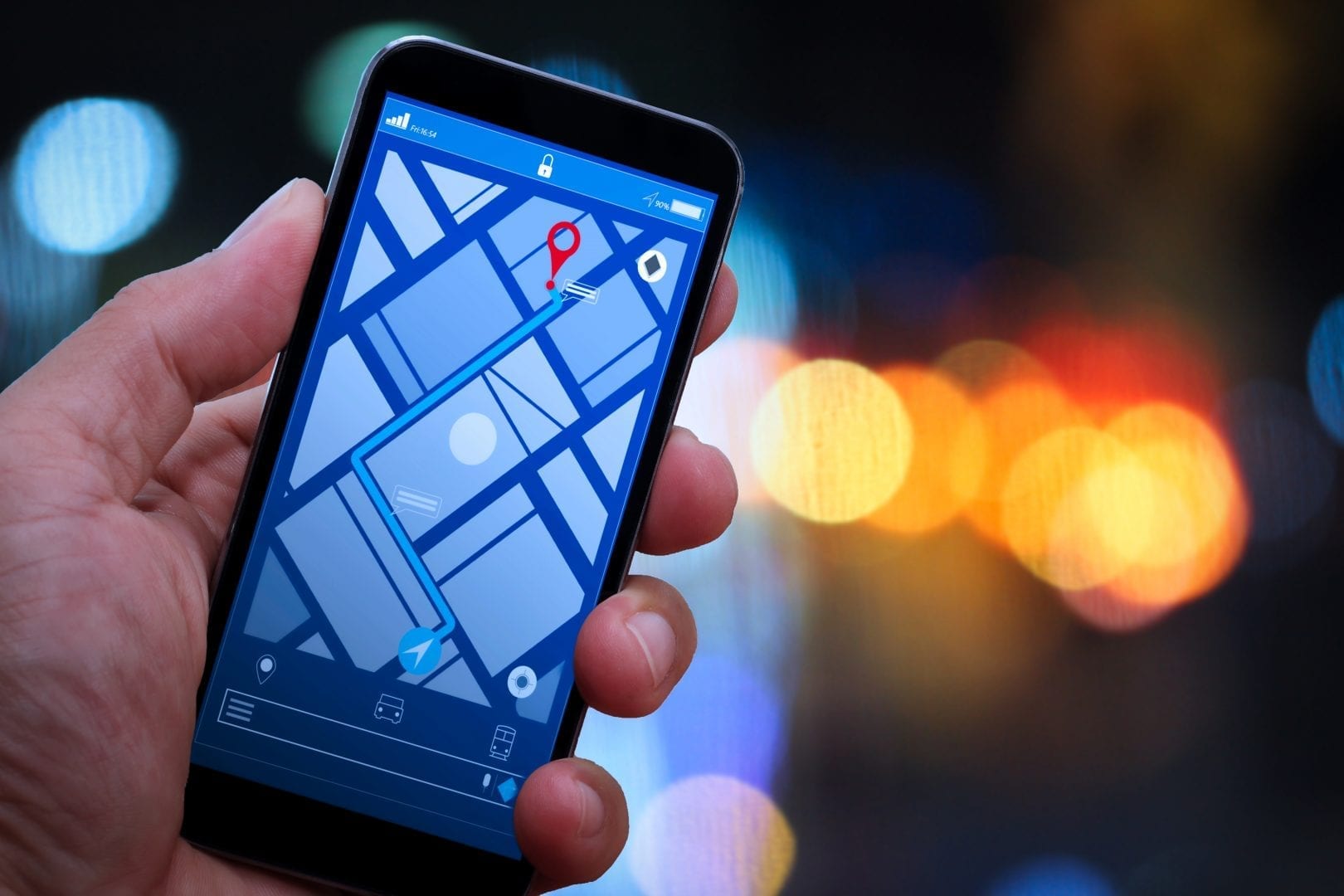Wayfinding is defined as information that assists with guiding people in a physical environment or enhancing their experience within it, you know the signs they have in hospitals that ensure you don’t end up on an operating table instead of the x-ray department?
Technology is putting a new spin on the traditional signs, enabling us to navigate the indoors just like you would the outdoors. This type of indoor navigation is particularly useful in large multi-level buildings such as hospitals, university/college campuses, etc.
Even over the past ten years, you can see noticeable changes to the complexity of architectural structures that are being constructed in cities and towns all over the world, and with this can come to some potential disorientation when it comes to getting around.
This is why indoor wayfinding technologies are becoming a more prominent feature for businesses that own and operate these types of venues.
So What Are the Different Types of Wayfinding Technologies?
Hybrid Indoor Positioning
Animals use the earth’s magnetic field to navigate and locate their feeding locations and breeding grounds. Our smartphones have sensors that work in the same way animals do; these sensors can interpret the different variations of magnetic fields inside buildings. A hybrid approach uses WiFi, Bluetooth beacons, and geomagnetic location based-data to deliver a precise blue dot navigation experience (much like google maps), so you can navigate comfortably via the use of a mobile app or web browser that you are familiar with.
Bluedot positioning is the latest in wayfinding technology, and Purple has just recently acquired the business Logicjunction. They offer one of the most comprehensive indoor navigation systems on the market.
Dynamic Wayfinding Signage
Dynamic signage (sometimes also known as digital signage) works much like a traditional sign in the sense that it’s in one static location, and there can be multiple multimedia screens throughout one venue, depending on its size.
This visual and often interactive content is displayed in public places, allowing guests to click on the location they wish to visit or use the map to gauge where they are in a venue and create a visual cue that will assist them in finding their desired location.
Web Browser Wayfinding
There’s a variety of online tools that you can use to plan your journey when it comes to mapping a route to a specific location such as Mapquest. Using these tools, you can plan a route, as well as an itinerary of stops, directions, and alternative routes.
With the rise of indoor wayfinding software, life becomes even more convenient for outings to events such football games, with companies out there integrating tools like google maps so you can plan each step of your route from the second you leave your house to the moment you sit down on your seat at the big game.
What to Consider for Workplace Wayfinding
Wayfinding can reduce the time employees spend searching for meeting rooms, offices, or amenities. This efficiency translates into better time management and productivity.
Enhancing Employee Experience
- Ease of Access: For first-time visitors or new employees, navigating a large office can be daunting. Wayfinding technology eases this process, making for a more welcoming environment. Wayfinding helps new employees find meeting rooms and office spaces.
- Integration with Facility Management: Advanced systems can show room availability, book spaces, or even adjust environmental controls, creating a seamless interaction with the workplace.
Considerations for Implementation
- User-Friendly Design: Catering to less tech-savvy users will help your wayfinding app be usable by most people.
- Customization: Tailoring the technology to fit the specific layout and needs of your workplace can increase its effectiveness.
- Data Privacy and Security: Makre sure tracking technology respects employee privacy and data protection regulations.
Pro Tip: Pilot the wayfinding system in a small section of your workplace before a full-scale roll-out. This allows for feedback and adjustments, ensuring a more successful implementation.
Cost-Effectiveness and ROI
- Budget Alignment: Evaluate the costs for workplace improvements.
- Return on Investment: Consider the potential productivity gains and enhanced user experience against the cost.
Support and Maintenance
- Reliable Customer Support: Ensure the vendor offers dependable support for troubleshooting and queries.
- Regular Updates and Maintenance: Check if the solution requires regular updates and how these will be managed.
